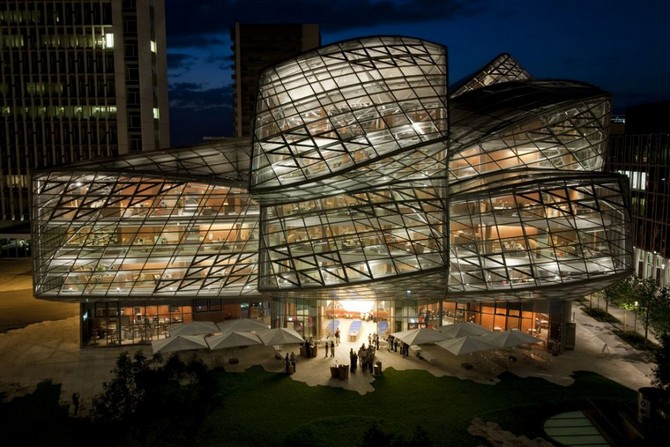Green building design is a sustainable and environmentally conscious approach to constructing homes and offices. This method focuses on reducing the ecological impact of buildings by incorporating energy-efficient features, sustainable materials, and innovative technologies. By integrating green building principles, both residential and commercial structures can minimize their environmental footprint and promote a healthier, more sustainable future. Here are some key aspects of green building design:
- Energy Efficiency: Green buildings are designed to maximize energy efficiency by utilizing features such as high-performance insulation, energy-efficient appliances, and LED lighting. Renewable energy sources, such as solar panels or wind turbines, may also be integrated to reduce dependence on non-renewable energy.
- Sustainable Materials: Green buildings prioritize the use of sustainable and eco-friendly building materials, such as recycled steel, bamboo, reclaimed wood, and low-impact concrete. These materials help reduce the environmental impact of construction and promote responsible resource use.
- Water Conservation: Implementing water-efficient fixtures, rainwater harvesting systems, and drought-resistant landscaping can significantly reduce water consumption in green buildings. Graywater recycling and water-efficient irrigation systems further minimize water waste.
- Indoor Air Quality: Green building design places a strong emphasis on indoor air quality through the use of non-toxic paints, low-emission materials, and proper ventilation. This helps create a healthier and more comfortable indoor environment for occupants.
- Waste Reduction: Green building practices aim to minimize construction waste through recycling and responsible disposal. Additionally, designing for adaptability and reuse can extend the lifespan of buildings, reducing the need for future demolition and construction.
- Site Selection and Design: Thoughtful site selection and design prioritize factors such as access to public transit, walkability, and preservation of natural landscapes. Incorporating green spaces and native vegetation into the site design can enhance biodiversity and reduce the urban heat island effect.
By incorporating these principles, green building design offers a holistic approach to creating sustainable, energy-efficient homes and offices. This approach not only reduces environmental impact but also provides long-term cost savings, improved occupant health, and a more resilient built environment in the face of climate change. As the demand for sustainable construction practices continues to grow, green building design plays a vital role in shaping the future of our built environment.


